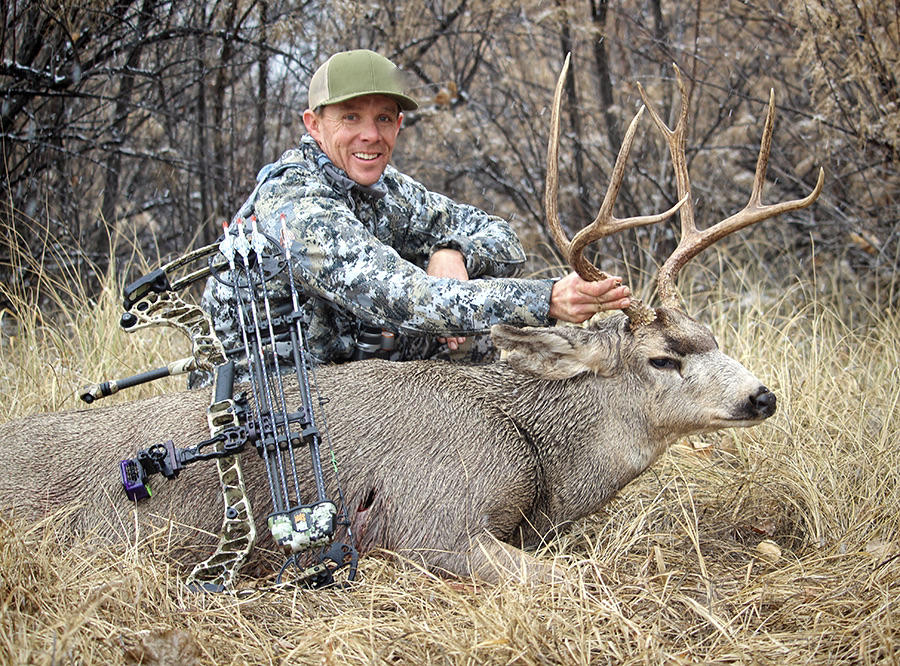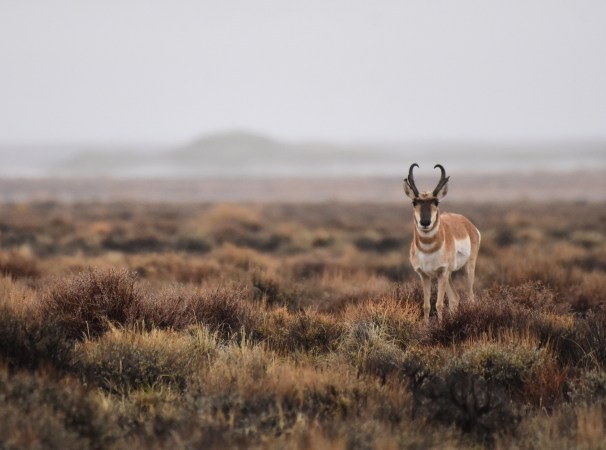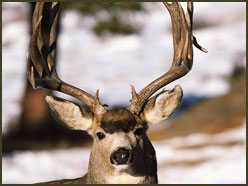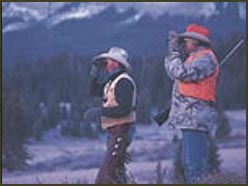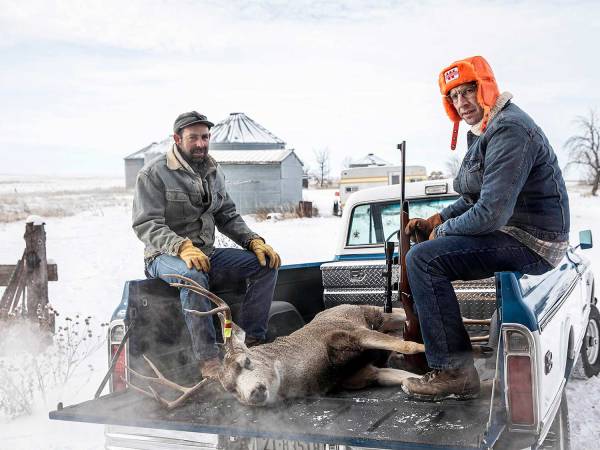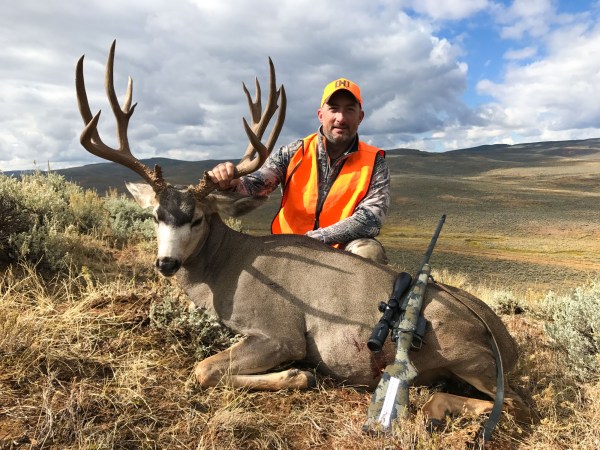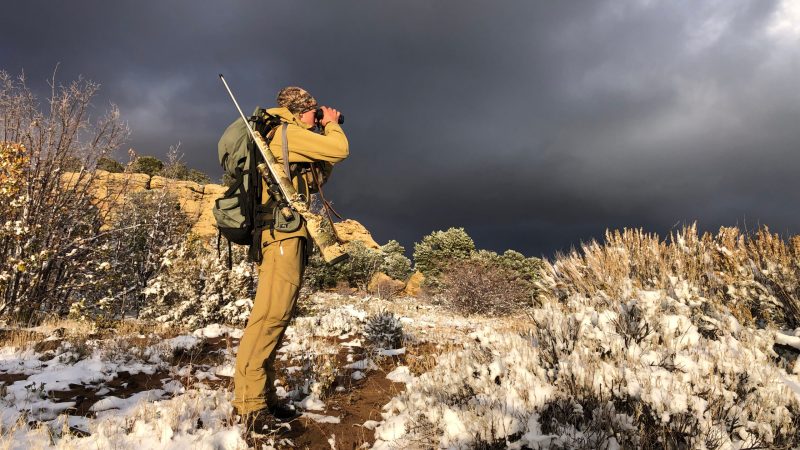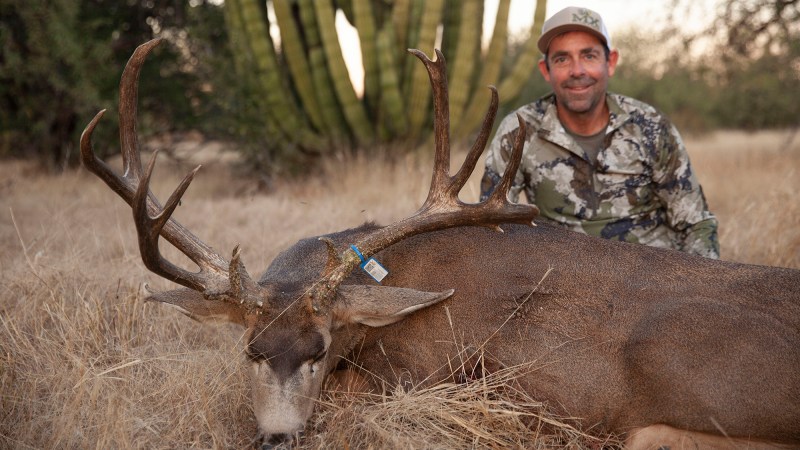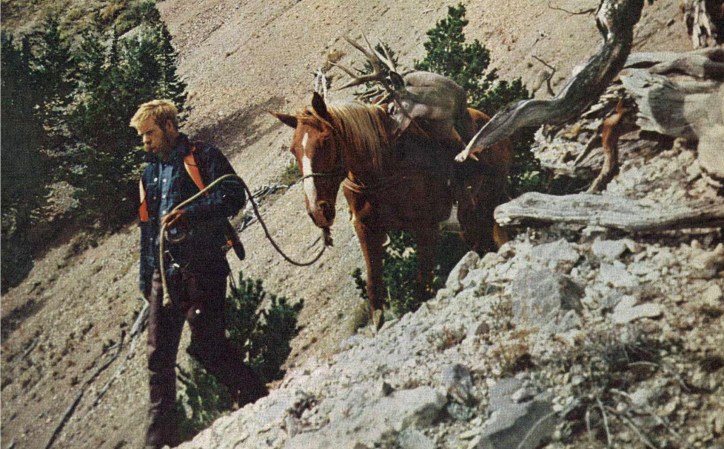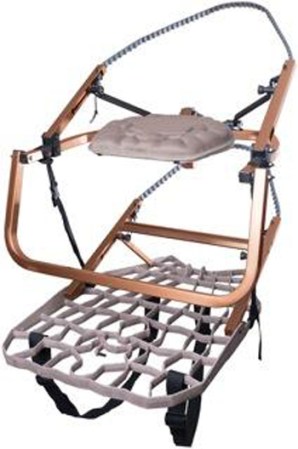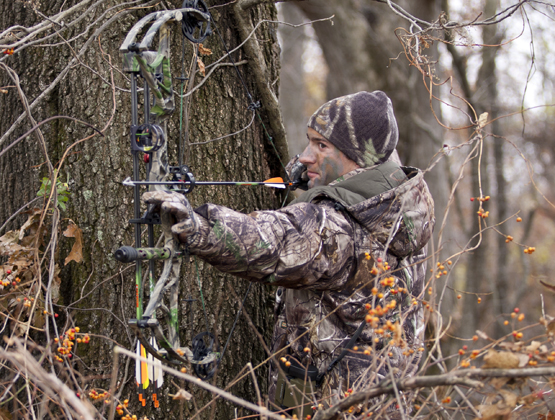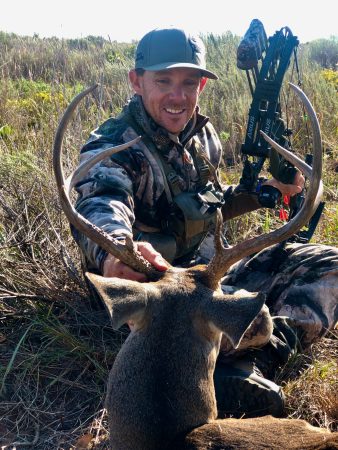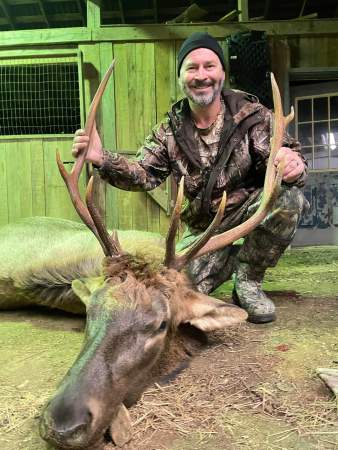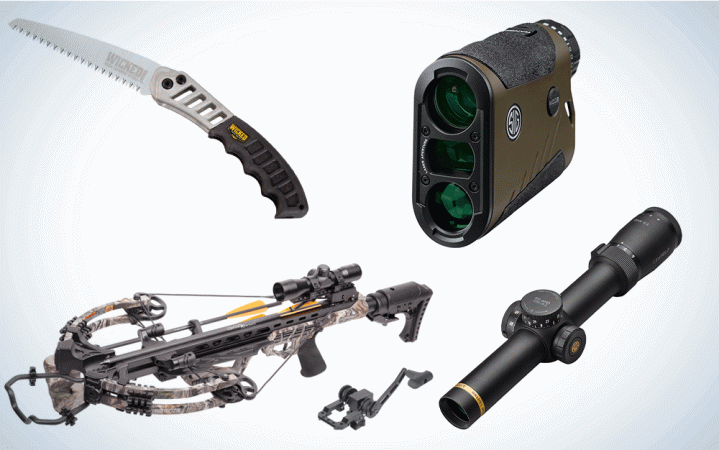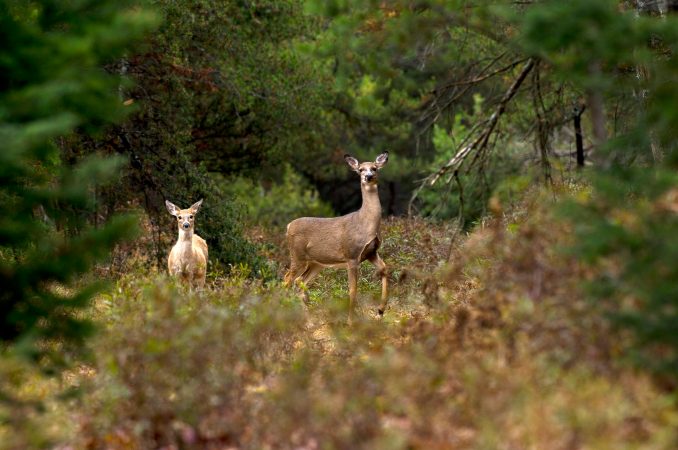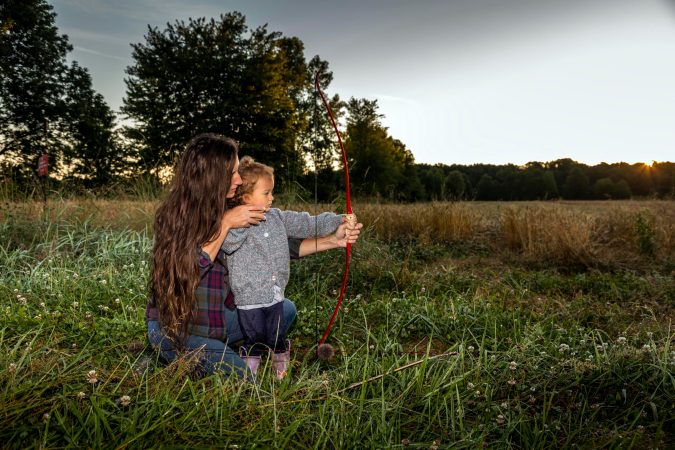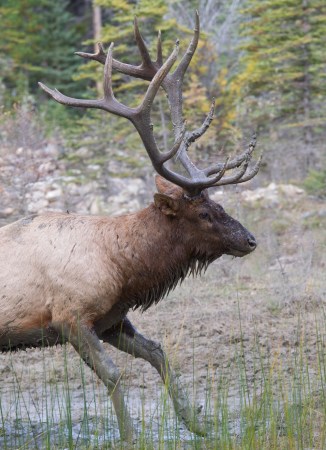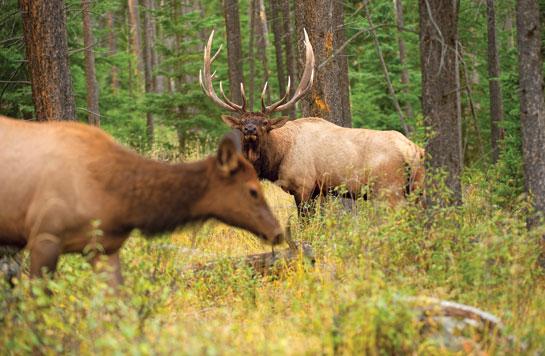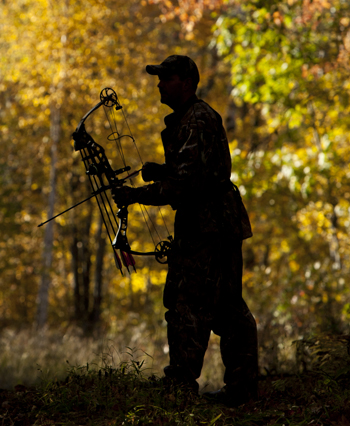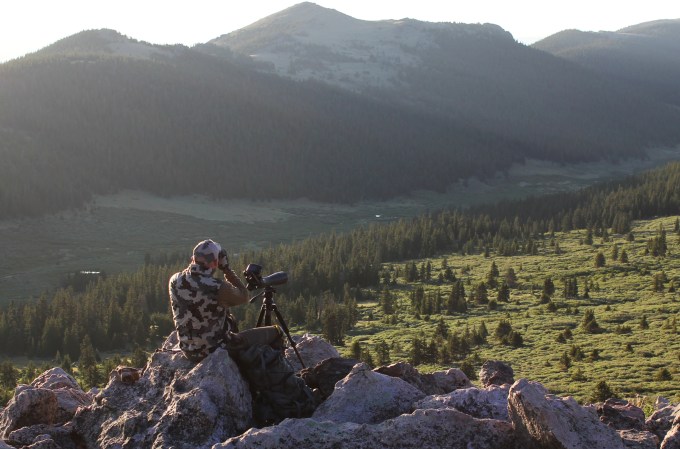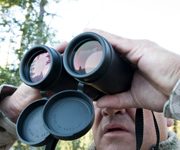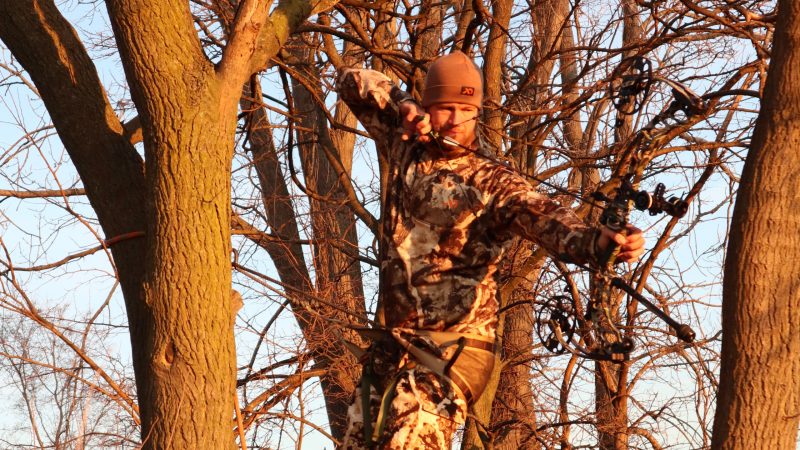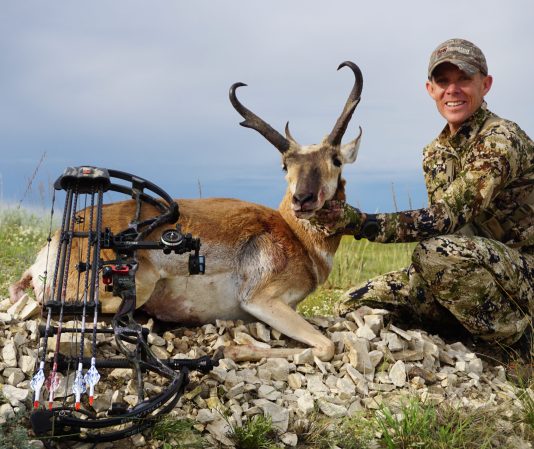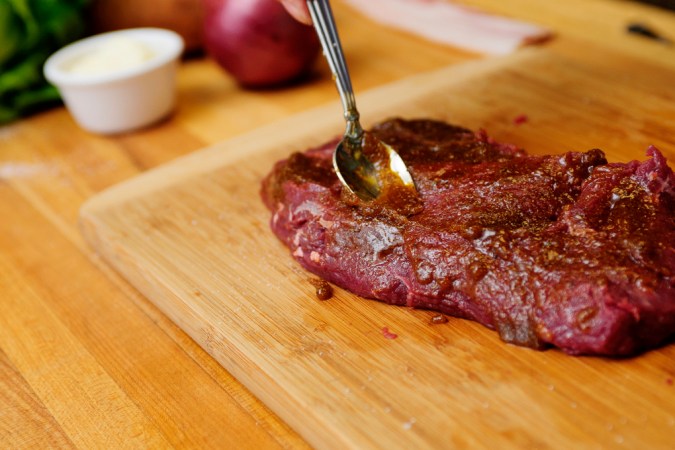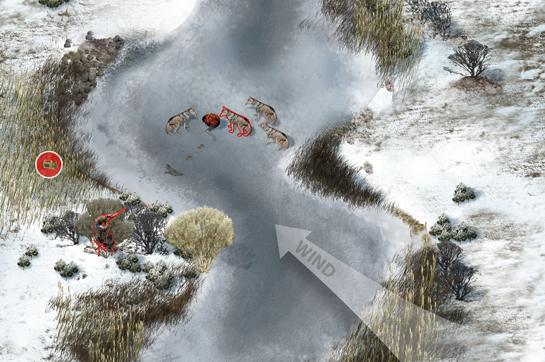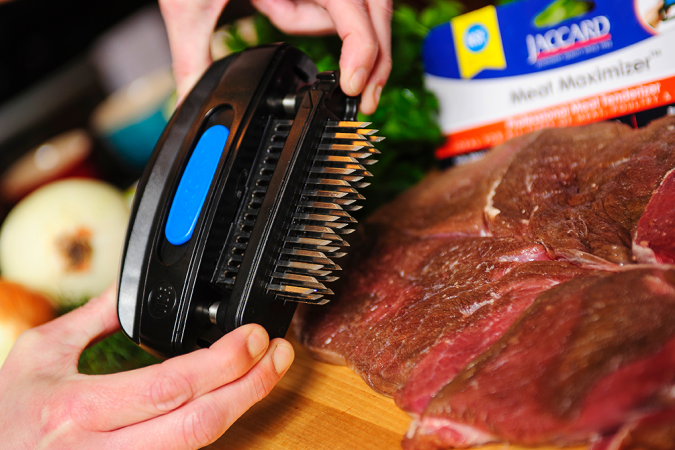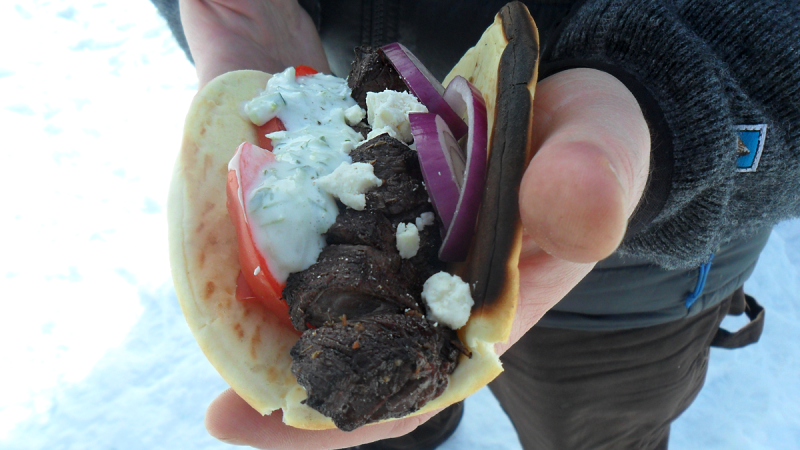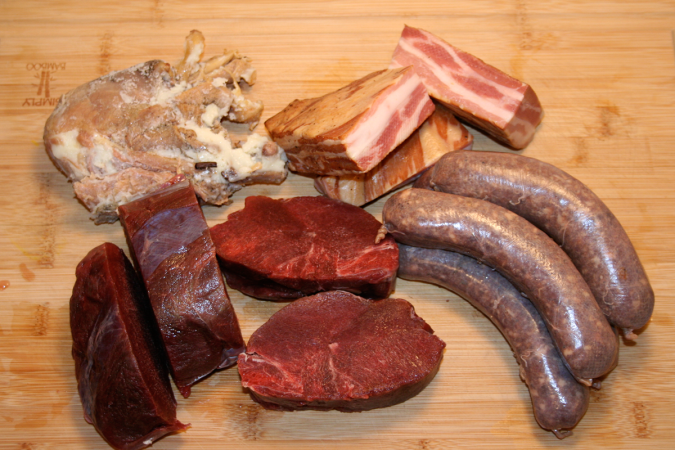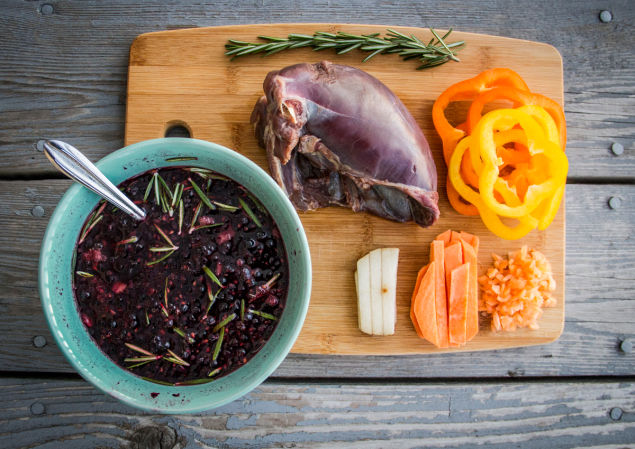I always encourage hunters to call on their best skills when they embark on a destination hunt. Of course, hunting new critters in new places requires flexibility, but don’t forget that you can still use the knowledge gleaned from seasons of hunting to punch your tag. For instance, if you’re a life-long treestand whitetail hunter, you can kill western big game the same way.
I grew up spot-and-stalk hunting in Colorado, and never thought I would climb into a treestand to kill anything. But a morning in Illinois changed my perspective on that forever. Today, I use treestands all the time for elk, mule deer, and even pronghorn. You just have to know what situations are best for using them, and pick a lightweight, adjustable stand that’s suited for western hunts.
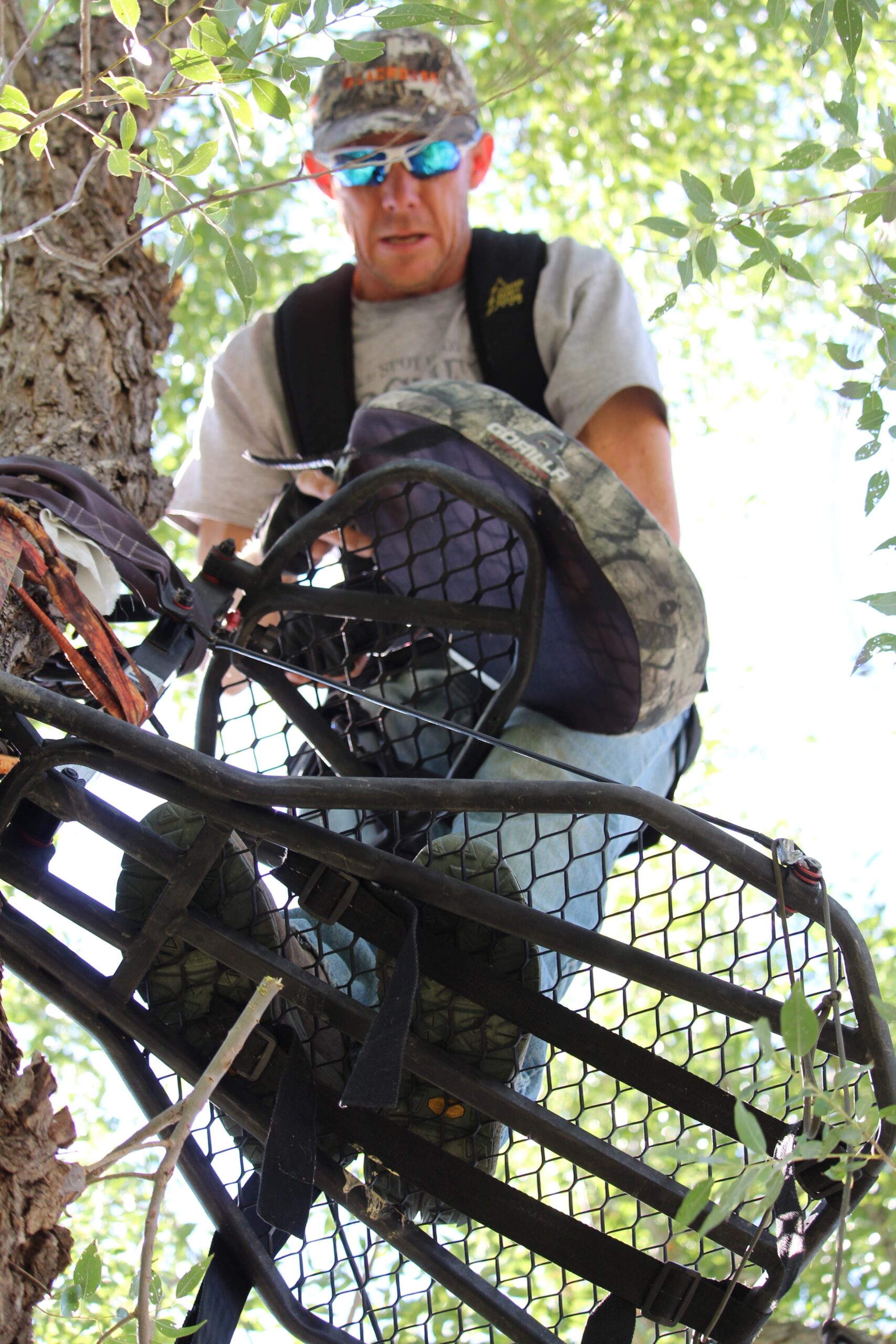
Picking the Right Stand
When treestand hunting the West, you have to consider stand weight, regardless of what animal you’re chasing. Toting a heavy stand across undulating terrain will suck all your energy. It’s not like back home where you can drive the stand to the tree you want to hang it in. And even if you are walking it into the woods, you likely aren’t going more than a few hundred yards. It’s far different out West. You could be climbing steep hills, crossing deep gorges, or simply walking a very long way just to find a tree.
In addition to weight, you’ll also want a stand that has multiple adjustment features for the seat and platform. Trees in this region are rarely straight, and a smaller-sized stand capable of adjustments is a necessity. Stay away from climber-style systems. Again, trees here aren’t straight, and pines have stout limbs from the bottom of the trunk to the top. There is no way around them with a climber.
You’ll also need a set of climbing sticks and a safety harness to go along with your stand. Many states don’t allow screw-in-style steps when hunting public land, which is fine — screw-in steps are loud and clunky anyway. Choose a lightweight set of climbing sticks that will attach to your stand. Three sticks is plenty. These animals aren’t used to being shot from above, so don’t worry about getting too high. Yes, height helps, especially for scent control, but most western trees won’t allow you get 30 feet up anyway.
The Best Lightweight Stands
There are plenty of great stand options for western hunting. Two of my favorites are Millennium’s M60 UltraLite and Lone Wolf’s Assault Hunt Ready System.
If you opt for Millennium’s M60, you’ll get a stand that weighs 13 pounds and is easy to hang. Marry this stand with a set of Millennium M250 Aluminum Hang-On Climbing Sticks, and you’re set. These sticks sport a stackable design to ensure easy transport. No assembly is required, and each 32-inch stick weighs 2.6 pounds.
The system from Lone Wolf is a do-all. It comes with a lightweight (11 pounds) adjustable Assault II Hang On stand and a Lone Wolf Climbing Sticks set. The included Alphatech Stick Quiver attaches the sticks to the stand, and you can attach the entire system to your pack. The complete Lone Wolf System tips the scales at just 20 pounds.
If you climb in a tree, you need to be smart about it. The West is a particularly gnarly place to fall out of your stand, and getting back to the truck can be far more difficult than if you’re on the family farm back home. Buy an Ultra-Lite harness from Hunter Saftey System, and pair that harness with an HSS Lifeline. Then wear it—every time you climb a tree.
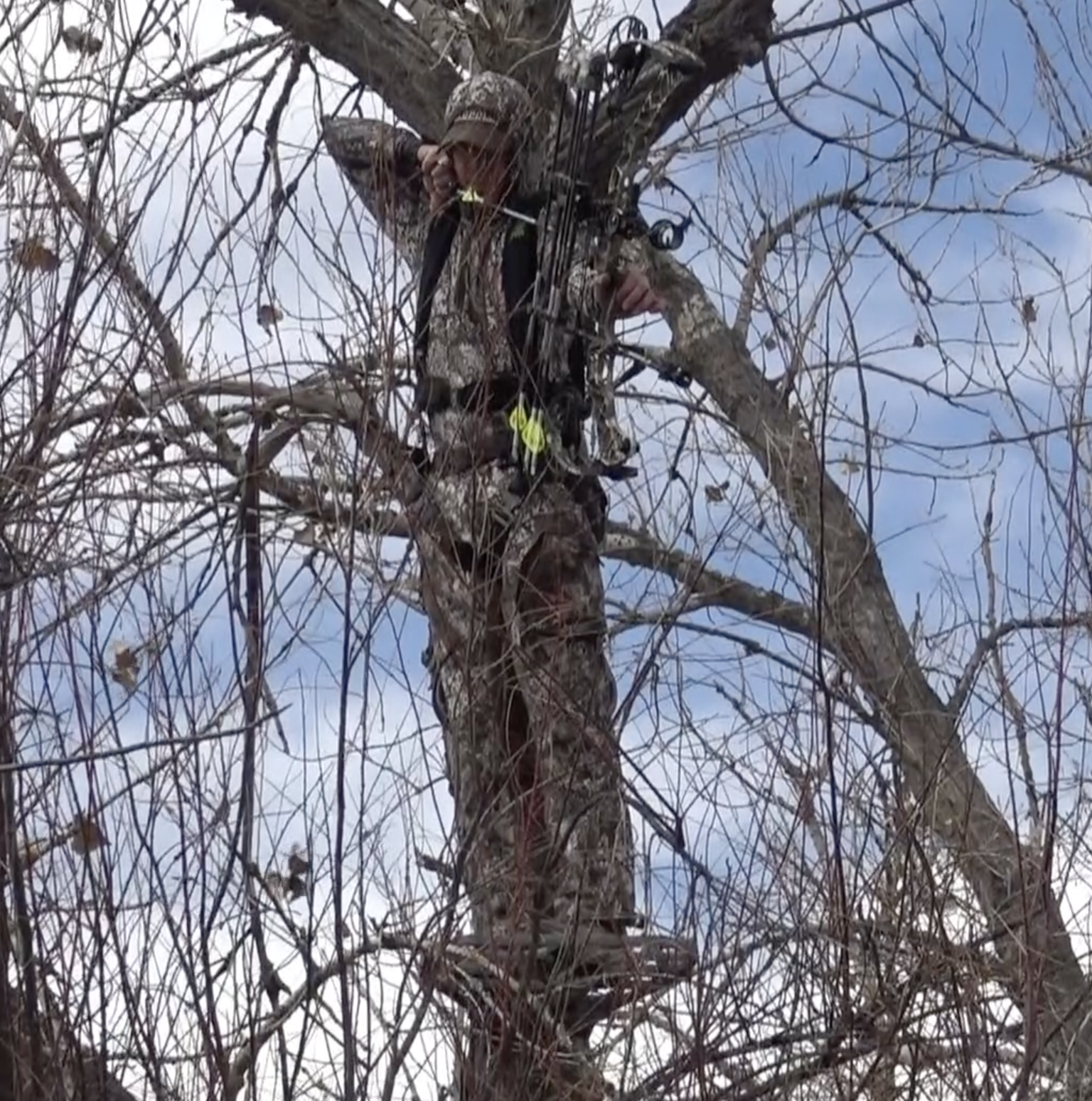
Find a Cottonwood for Big Mule Deer
I don’t recommend a treestand for velvet alpine bucks, but they can be pure poison on plains mule deer. A lone cottonwood tree in the middle of a sea of sagebrush, pasture, or CRP is usually an ideal spot to intercept a buck. I don’t really know why, other than it’s a unique marker on the landscape deer use to funnel their movements. I’ve seen a lot of big bucks walk under these trees, and if I’m not having any luck glassing and making a stalk, I’ll find a cottonwood and hang a stand.
During drought years, knowing where the water is can be the ticket to filling your mule deer tag. Cottonwoods surround many plains ponds, and if you find a spot that’s full of tracks, hang a trail camera and a treestand. Let the camera gather intel, so you know when deer are on the move.
In many western locations, mule deer share the landscape with whitetails, and it’s not uncommon to see mule deer bucks entering and exiting a food source on the same trail night after night, especially in October. If you’re a whitetail hunter, you know what to do. Set a stand at the entrance or exit point and wait for the buck you’re after to walk by.
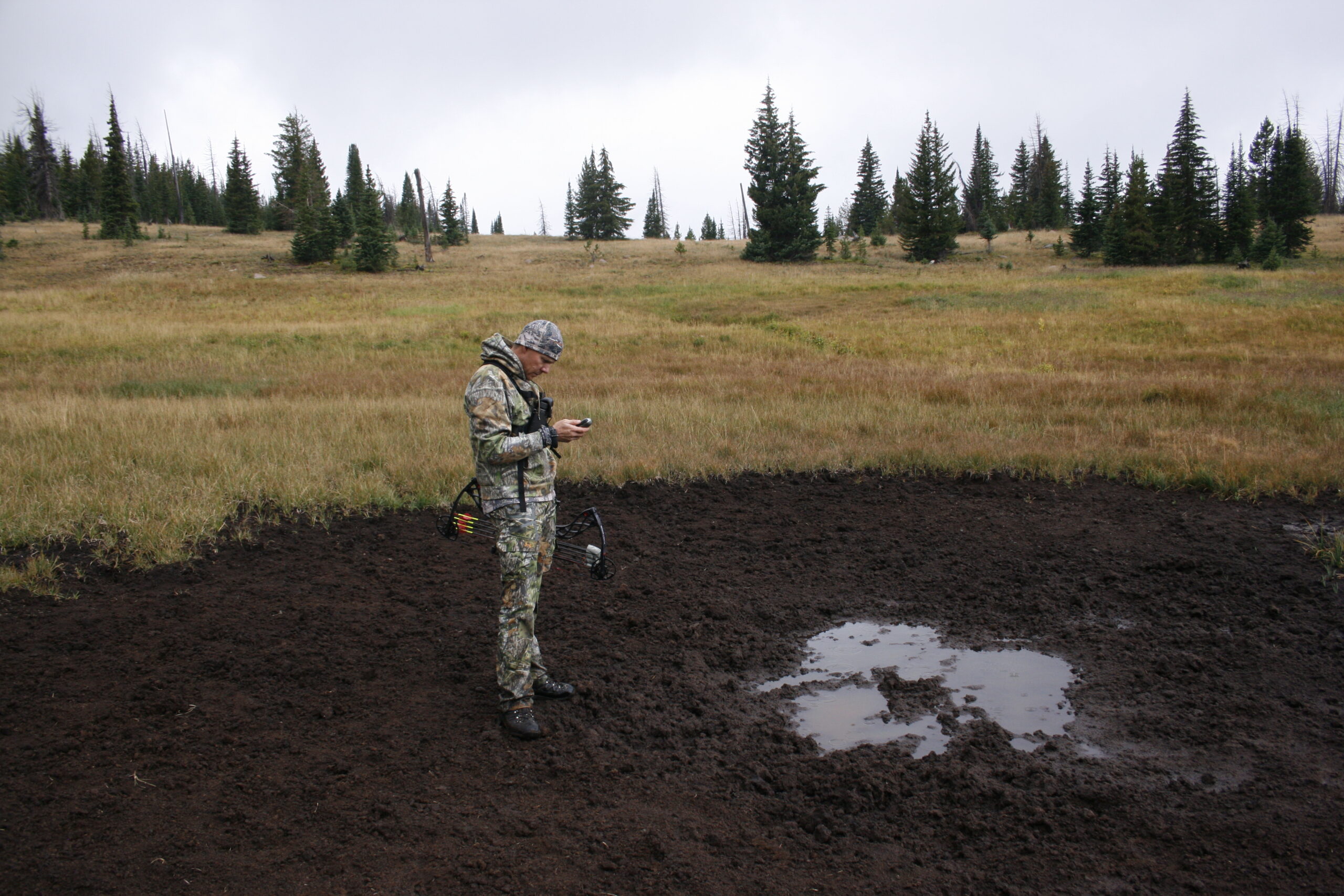
Target Elk Over a Wallow
Elk are big animals that need to drink regularly. During the early part of the season, when temperatures are high and rut activity slows, a small pond, seep, or water tank is the best place to be. I like to hunt on the ground in the mornings and evenings because it’s tough to beat the experience of a big bull bugling and coming in for a fight to your cow calls. But if that’s not working, I set a treestand over water for a mid-day interception.
During the early season, most big bulls haven’t gathered their cows yet. They know the cows will be near water, and they will check water sources regularly during morning and evening hours. If you find a pond dotted with heavy tracks, study the predicted wind direction for the next few days and set a treestand in a pine tree.
A wallow is another excellent spot for a treestand, especially if that wallow is located in a small, isolated meadow surrounded by timber, which makes the elk feel secure. A wallow is nothing more than a wet, muddy spot bull elk like to visit. They thrash the mud with their horns, spray stinky urine in the water, and roll in the damp soil. It’s a rut ritual. Some wallows are used by more than one bull. If you stumble on a wallow and the tossed-about mud is still wet on the grass and the stench of urine burns your nostrils, you’ve just found an excellent spot to ambush an elk from above.
In many elk-rich locations, savvy old cows use the same trails year after year. You’ll know them when you find them. They are usually in dark timber; the trail will be beaten to death and connect to a central intersection of trails. Typically, this point will be a food or water source, or in some cases, a deep drainage that the elk will use for escape cover. The intersection is where you need to hang a stand. Just be mindful of the wind, which can change or swirl in a different direction rather quickly.
Read Next: Where to Hunt: Guide to the 8 Best Big-Game Hunts in the West
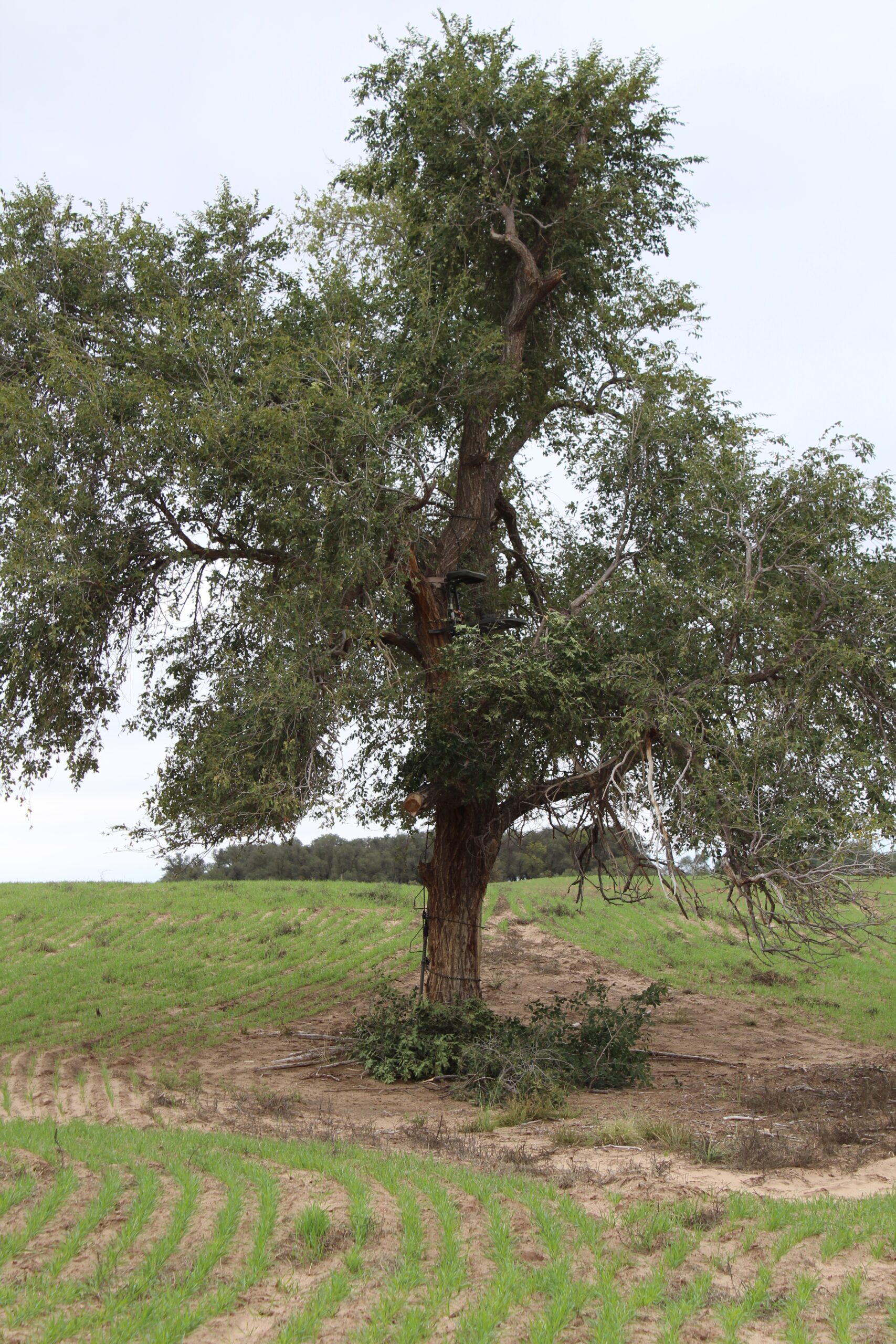
The Perfect Pronghorn Setup
Pronghorn tend to stick to wide open spaces so they can see predators and use their speed to get away, so this scenario doesn’t happen often. But when it does, it’s a slam-dunk hunt.
Some prairie ponds, especially natural springs, will have a few cottonwood trees around them. If pronghorn are using the pond to drink, a treestand is better than hunting from a ground blind. Old pronghorn bucks can get wise to the green tent over a water hole, but they don’t suspect an ambush from an elevated position. I’ve never seen a pronghorn look up, and if you hang a stand, you won’t have to go through the hassle of trying to blend a ground fort into the landscape, which can be really tough to do when there’s no real vegetation. The sit will be extended and likely hot, but worth it if you’re dedicated to killing a pronghorn with your bow. It’s also far less frustrating than trying to stalk these ultra-wary critters.
